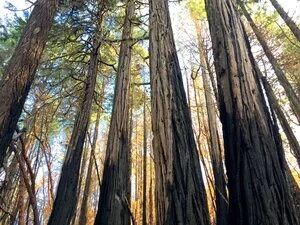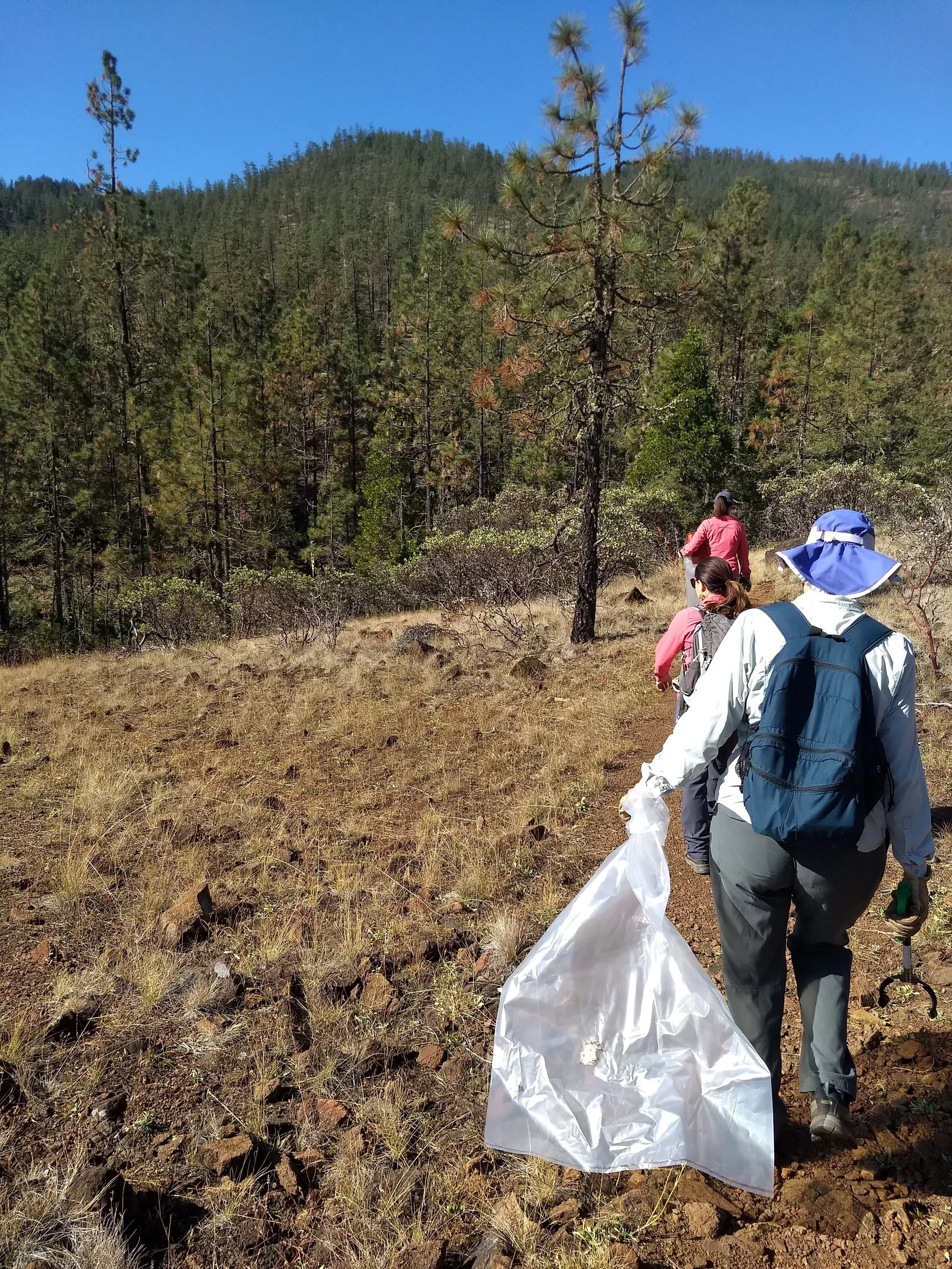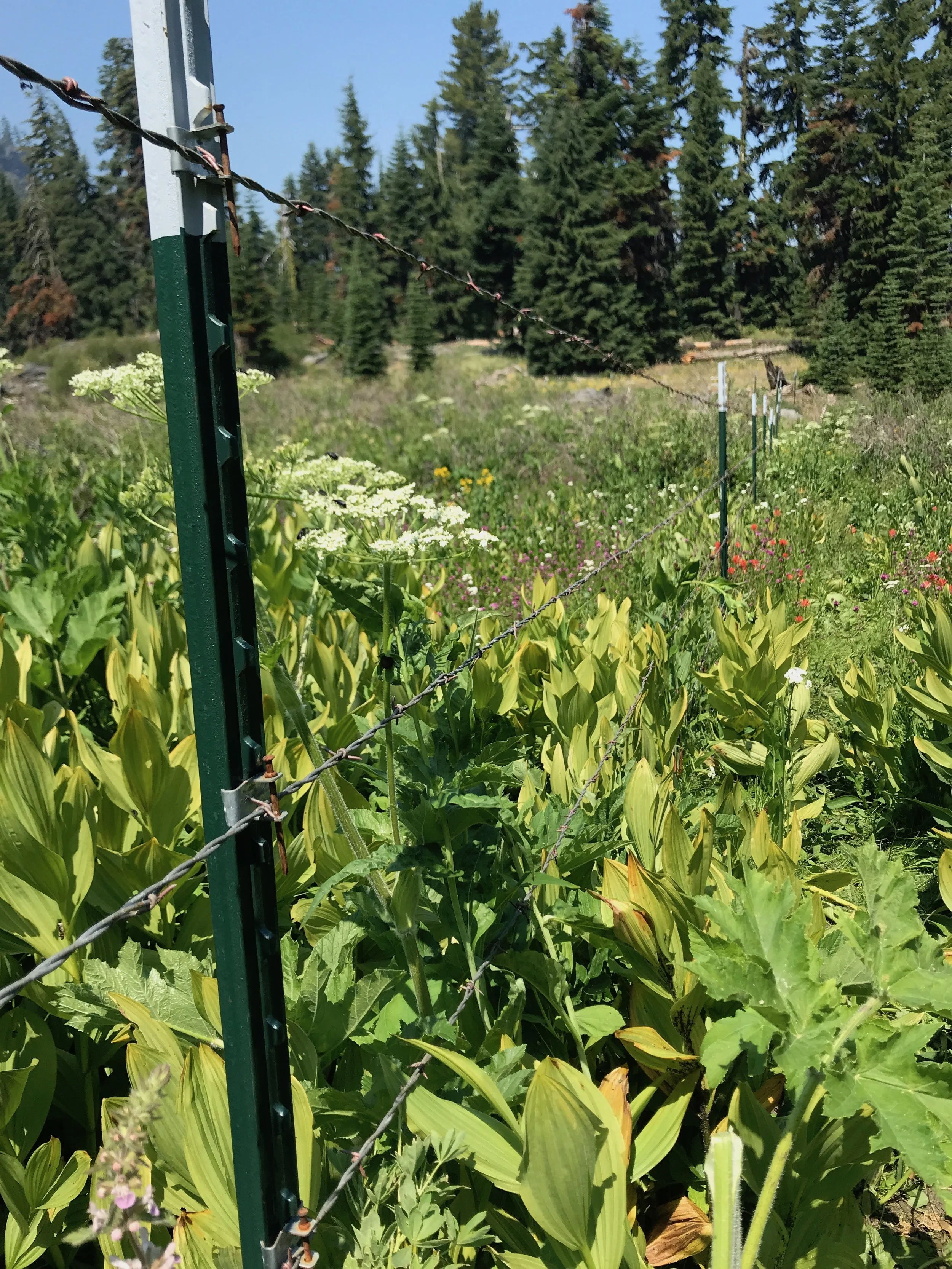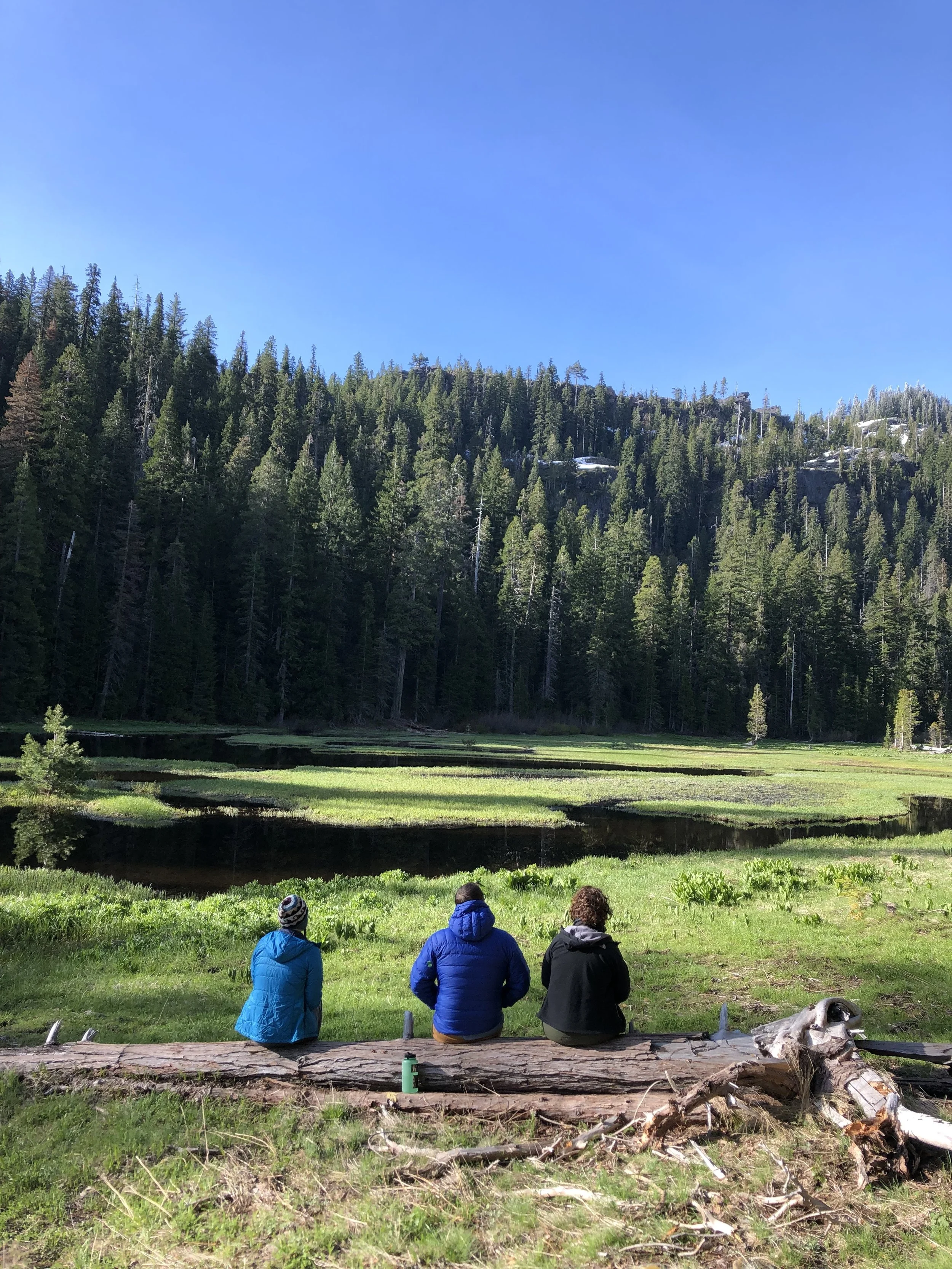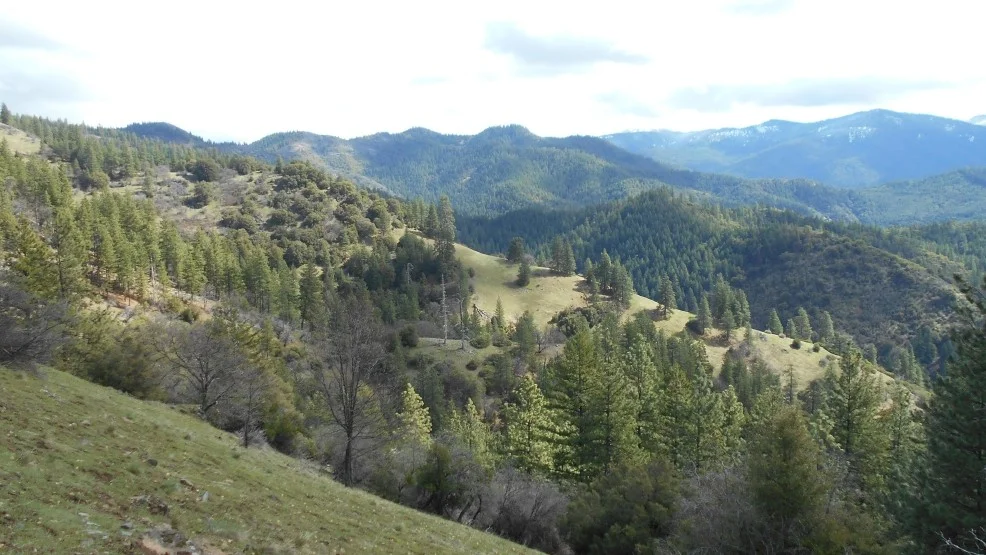KS Wild, the Applegate Neighborhood Network (ANN), and the Rogue River Siskiyou National Forest partnered to host a native grass planting stewardship event up on the Siskiyou Crest at Big Red Mountain, a botanical area that is being damaged by unauthorized off-highway vehicle use.
Read MoreInstead of continuing the century-old practice of trying to suppress wildfires, we need to learn from the our native American forebears how to use controlled burns to keep our Klamath-Siskiyou forests healthy and biologically diverse.
Read MoreThe morning of September 21st, KS Wild gathered with volunteers and the Forest Service along the banks of the Wild and Scenic Illinois River to celebrate National Public Lands Day and protect this area from illegal Off Highway Vehicle (OHV) use. See a slideshow of our stewardship action that day!
Read MoreAlex Hole is a high elevation wet meadow, and every year cattle from the adjacent Klamath National Forest “drift” over the Crest and trample it, destroying fragile plants and whole ecosystems. Each year, KS Wild volunteers sets up a fence to protect from the cattle.
Read MoreFor five days in May, KS Wild leads a raft-supported hike along the Rogue River. This guest post by Tuula Rebhahn details the journey along the river and the adventure that awaits you!
Read MoreThe Red Buttes Wilderness offers large trees, expansive wildflowers, and crystal clear creeks. Here, Conservation Director George Sexton shares a favorite trail in what was once known as the “Applegate Alps.”
Read MoreThe U.S. Senate passed the Natural Resources Management Act (S. 47), including the Oregon Wildlands Act (S. 1548), the Frank and Jeanne Moore Wild Steelhead Act (S. 513/H.R. 1308), and the reauthorization of the Land and Water Conservation Fund,. The package now heads to the U.S. House where we are hopeful it will pass and be signed into law.
Read MoreWhen the BLM uses taxpayer dollars to plan controversial public lands logging projects, like the Pickett West native forest timber sale, you have a right to know what they are up to. Transparent public lands management is at the heart of how government is supposed to function in our Democracy.
Read MoreThe Klamath National Forest intends to remove 200-400 year-old trees and snags from the landscape to make room for dense timber plantations that offer sparse value to the forest ecology.
Read MoreA forest after fire is not a tragedy; it’s simply a stage in the life of the forest. Post-fire logging is often framed as focused on fire prevention. In reality, important biological characteristics are removed from post-fire forests. Because of this, salvage logging acts as an unnatural human disturbance to the sensitive post fire landscape.
Read MoreFire is so important to the world-renown forest diversity of the Klamath-Siskiyou that it is recognized as the keystone ecological process. Here in the KS, forests with fire are healthy forests!
Read More
Looking for an early spring antidote to cabin fever? The Little Grayback Mountain trail may be just the ticket.
Read MoreEnvironmental stewards can operate in a variety of ways: as practitioners, donors, and doers. Our staff works hard each day as practitioners, working directly with government agencies and stakeholders to promote best practices in the management of our public lands. Foundations and community members serve as vital donors, providing financial support for our work. The doers are all of you—KS Wild members, volunteers, interns, and partners—who take part in our work, voice your support for public lands, or even just get out on a hike.
Read MoreWhile most Americans cherish the idea that public lands belong to and benefit all of us, corporate timber, mining and grazing interests have long sought to privatize public lands in order to maximize profits to their respective industries. While subsidized logging, mining and grazing occur on the vast majority of public lands, these extremists bristle at the idea of there being any rules regarding their exploitation of our forests and rivers.
Read More

